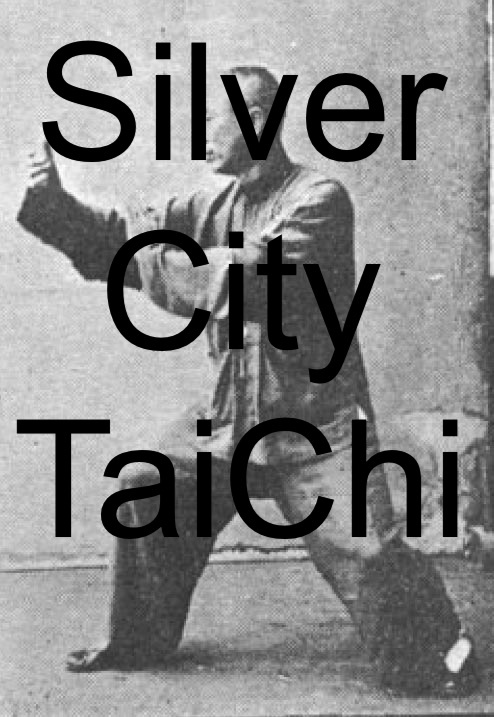Some principles of Tai Chi
What follows is a short selection, by no means complete, of some kinematic principles of Tai Chi Chuan. In what follows, we call the Yang Long Form what we call it in our class: "slow set".
Root. Power comes from the earth and is conducted through the body. A strong connection to the ground is paramount. The structure, posture and tone of the body in Tai Chi are directed toward transmitting this power and deflecting or reflecting the force of an opponent. Much of one’s early practice is devoted to establishing a strong root.
Soong. A central concept is that of soong (sung), which is usually translated as relaxation. The English word “relaxation” unfortunately can have the connotation of limpness or flaccidity. In Tai Chi the body is neither tense nor limp, but rather is maintained at the midpoint between these extremes. The joints and muscles are kept in a state of maximal sensitivity and responsiveness. The mind is calm but alert.
Stepping. In Slow Set one steps like a cat silently stalking its prey. In normal walking one pushes off the ball of the trailing foot and falls onto the lead leg. In Slow Set one softly sets the front foot down (heel first), shifts the weight forward, then gently lifts the rear foot from the ground. In attacking postures, the knee of the front foot is exactly over the toes, the rear foot turned out 60°.
Tan Tien. The lower tan tien is an area within the abdomen, below the navel, that is the geometrical center of the body. This area is thought to be the reservoir of qi and is an important point of mental focus. Lateral movements of the body are level translations of the tan tien. When balancing, one feels this area pressing down through the supporting foot to maintain one’s root.
Arms. Movement of the hand is effected, as much as possible, by movement of the wrist, secondarily by rotation around the elbow, and, last and least, by movement in the shoulder joint. When the arm as a whole is moved, the entire torso is involved; movement of the upper arm relative to the torso is minimized.
Move the body. Movement is usually initiated and controlled by the waist, thus involving at least the entire upper body. One minimizes use of the arms or legs independently; the limbs are considered extensions of the tan tien, itself rooted into the ground through the legs and feet.
Hands. Energy is kept in both hands. The hand is neither taut nor limp. The hand is generally held with the palm slightly concave, fingers slightly separated, and the thumb well separated from the index finger.
Intent. Where you look and attend is as important to correct form as how you position your body.
